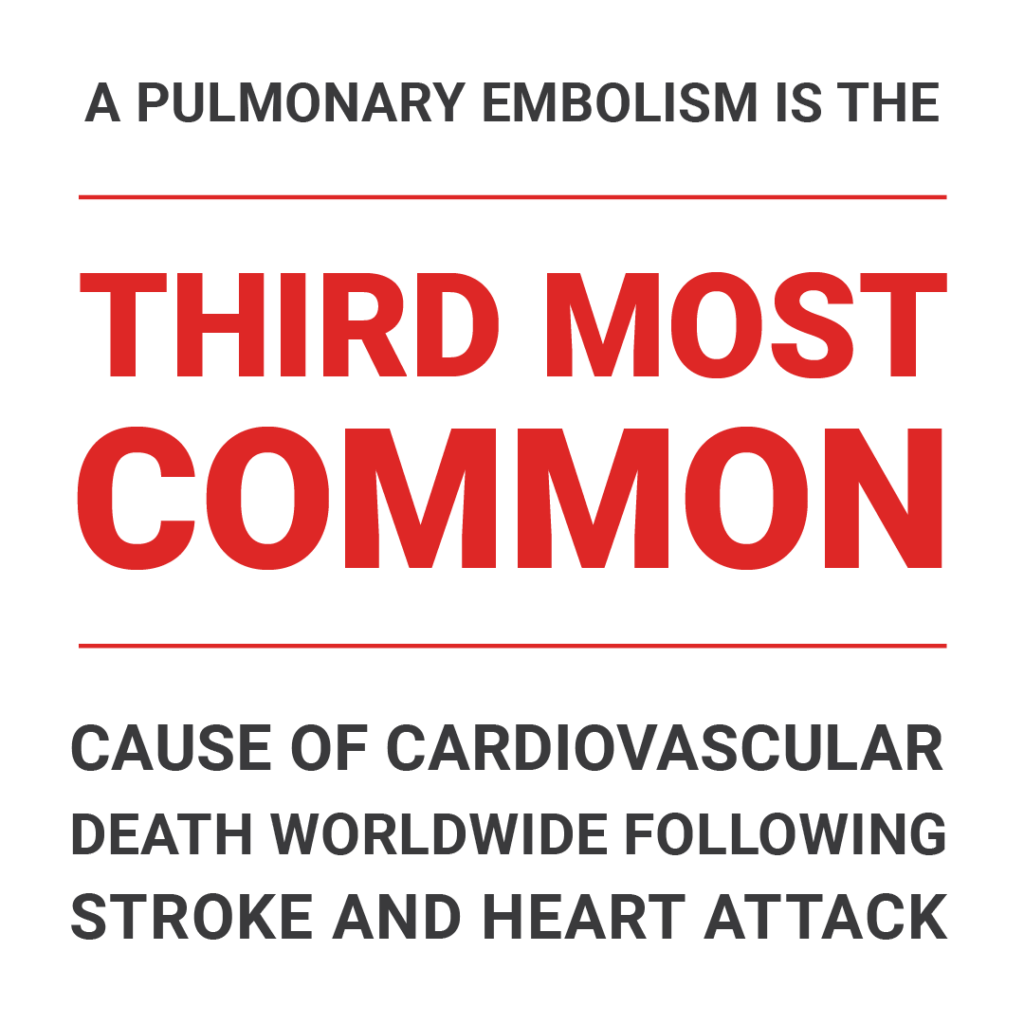Many doctors and post-surgery patients are concerned about the risk of blood clots forming during recovery.
Most blood clots naturally prevent blood loss, but some can form in the deep veins after surgery. These clots can be deadly if they enter the heart or lungs.
Why is this such a risk for ASC patients? And how can ASC administrators, nurses, and other personnel lower the risk?
In this guide, we’ll break down:
- The key concepts of blood clots and the differences between a DVT and pulmonary embolism
- Why it’s so important for surgery centers to follow risk assessment and prevention protocol
- Resources and solutions to prevent DVT in the surgery center and at home
What is Deep Vein Thrombosis?
DVT, or deep vein thrombosis, occurs when a blood clot forms in the deep veins. Often, the blood clot starts in the leg, causing swelling or pain. If the blood clot breaks off and lodges in the brain or lungs, it can be fatal.
Some common DVT symptoms include:
- Pain or tenderness in extremity, typically leg
- Swelling of legs
- Skin warm to the touch
- Change of leg color
According to the American Heart Association, DVTs affect around 300,000 people each year.

While DVTs are common post-surgery, they are preventable and treatable.
Know the DVT warning signs by reviewing this guide to blood clots.
What is Pulmonary Embolism?
When a clot travels to the lungs, it’s known as a pulmonary embolism. When this happens, blood flow is blocked to part of the lungs.
If a PE is discovered, it can be treated with blood thinner or anticoagulant medications.
Warning signs and symptoms of a pulmonary embolism include:
- Sudden shortness of breath
- Chest pain made worse with breathing
- Dizziness
- Irregular heartbeat such as palpitations
- Coughing up blood

Patients experiencing any of these symptoms should immediately go to an emergency room and contact their healthcare provider.
A pulmonary embolism is the third most common cause of cardiovascular death worldwide following stroke and heart attack. And, according to the American Lung Association, PEs affect about 1 in every 1,000 people in the US.
The Link Between DVT and PE
DVT and PE are related but not the same thing.
A DVT is a blood clot developed within the deep vein.
A deep vein thrombosis can turn into a pulmonary embolism, but not all DVTs result in a PE.
When DVTs are caught early, they can be treated before the blood clot breaks up and travels through the body, potentially resulting in a pulmonary embolism.

Risk for DVT and PE Post-Surgery
People are most susceptible to a DVT after increased blood loss. This includes many post-surgery scenarios.
There are risks involved no matter where a patient has surgery. However, because ASC patients are sent home same-day, their post-surgical recovery is not as closely monitored.
After surgery, patients typically spend most of their time being sedentary, which doesn’t help with blood circulation. This further increases the risk of clotting.
What are the risks for ASC Patients?
Staff closely monitors patients in a hospital setting, which can help recognize the warning signs of a DVT. But at home, a sedentary patient may be unaware of a deep vein blood clot.
Most patients are at the highest risk of developing a PE between 1-6 weeks post-surgery according to a 2019 study. While most patients have been discharged by this point, ASC patients must remain vigilant using DVT prevention devices recommended or prescribed by their physician.
From the Literature
The quote below is taken directly from a study analyzing deep venous thrombosis prophylaxis showing the risk associated with DVT and PE.
“Hospitalized patients are at increased risk of developing DVT (approximately 50%), increasing the risk of PE. PE is one of the most common but preventable causes of death in hospitalized patients.
Only 50% of hospitalized patients receive DVT prophylaxis. Prevention of DVT in hospitalized patients decreases the risk of DVT and PE, decreasing mortality and morbidity.”
Badireddy M, Mudipalli VR. Deep Venous Thrombosis Prophylaxis. [Updated 2023 May 7]. In: StatPearls [Internet]. Treasure Island (FL): StatPearls Publishing; 2024 Jan-.
Protocols and Guidelines for DVT and PE Prevention (Prophylaxis)
Because DVT and PE are common after surgery, several governing medical bodies have developed guidelines for ASCs and hospitals to follow when it comes to prevention and treatment.
American Society of Hematology VTE Guidelines
This guide covers evidence-based support that clinicians can use when treating venous thrombosis. ASH VTE outlines three treatment phases for VTE: initial management, treatment, and secondary prevention.
The organization has created an app that serves as a pocket guide for clinicians, as well as several professional development materials.
Further Reading: American Society of Hematology VTE Guidelines
AORN Guideline for Prevention of Venous Thromboembolism (VTE)
The AORN guidelines suggest reviewing VTE risk prior to surgery with a risk assessment. This assessment is similar to what insurance companies review when looking at documentation for prescribed compression devices.
Then, their recommendations focus on patient and family education, talking about blood thinner medications and the importance of mechanical prophylaxis.
To help mitigate risk, ASC administrators should study both sets of guidelines when deciding how to educate patients about post-surgical blood clots.
Further Reading: AORN Guideline for Prevention of Venous Thromboembolism (VTE)
The Role of Sequential Compression Devices (SCDs) in DVT and PE Prevention
There are a few different ways to help prevent DVT in patients.
One is by prescribing aspirin or anticoagulant medications.
Surgery centers can also prescribe sequential compression devices (SCDs) to patients. SCD sleeves help blood flow in its natural state while patients are less active during recovery.
What are Sequential Compression Devices?
Sequential compression devices are operated with a manual or electric pump. To increase circulation, the pumps push air into the calf sleeves to inflate and deflate them. During compression, blood moves in its natural state from the body to the heart.
Using these devices post-surgery can reduce the risk of blood clots forming in the deep veins. And unlike pharmaceutical interventions, SCDs pose little to no side effects.
Sequential Compression Devices for Home Use
To help offset remission rates, healthcare providers should provide at-risk patients with sequential compression devices for at-home use. While the risks of DVT are well-known, they can often be overlooked by patients in the midst of managing pain and recovery.
At Compression Solutions, our mission is to prevent DVT at home. This allows patients to have the flexibility of recovering where they feel most comfortable.
Check out our PlasmaFlow device for cordless DVT prevention.
